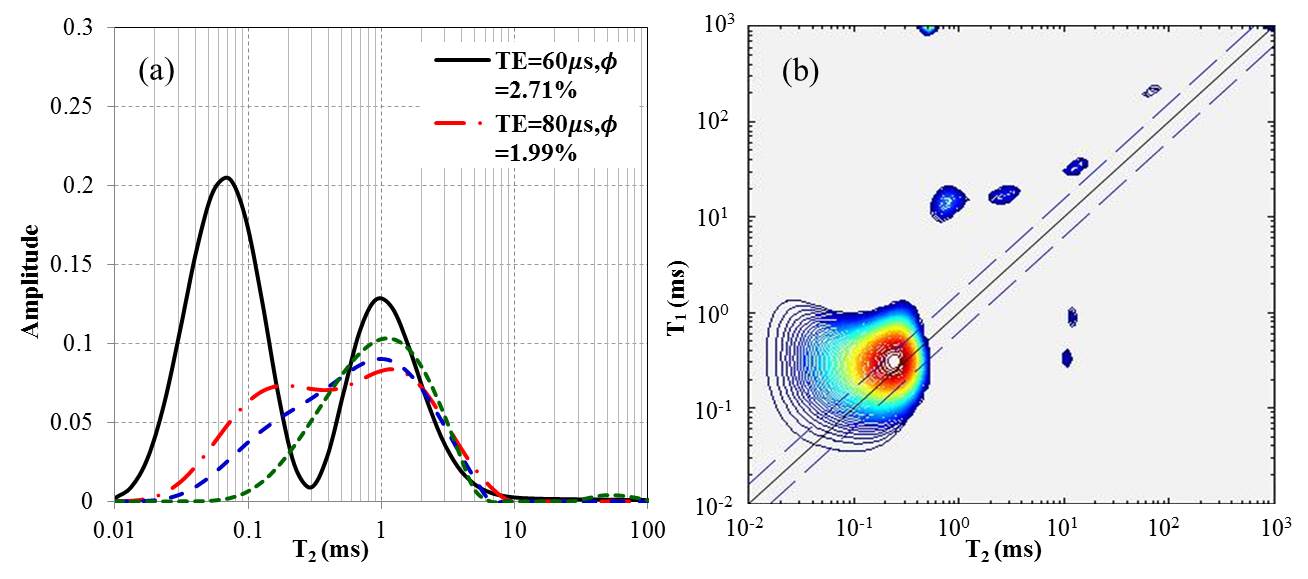NMR for Shale: From Core Measurements to Logging
- 1. Key Laboratory of Shale Gas Exploration, Ministry of Land and Resources, Chongqing Institute of Geology and Mineral Resources, Chongqing, China
- 2. Chongqing Engineering Research Centre for Shale Gas Resource & Exploration, Chongqing Institute of Geology and Mineral Resources, Chongqing, China
- 3. Chongqing Shale Gas Research Centre of State Key Laboratory of Petroleum Resource and Prospecting, Chongqing Institute of Geology and Mineral Resources, Chongqing, China
Gas shale reservoirs have the characteristics with low porosity and permeability, no air-water interface, self-storage, a large area of continuous accumulation, etc. Fluid features could be obtained from the NMR well logging, and some important geological parameters, such as porosity, permeability, gas bearing evaluation, could be forecasted with density, neutron, sonic logging.
However, shale is extra tight rock with the nanoporous. Gas shale exists in adsorption gas and free gas, and the hydrogen index and gas content are far away the conventional gas. Moreover, the longer echo time is difficult to measure the completely fluid information in nanoporous. It takes the great challenges to NMR logging.
Analyzing the NMR core measurements and logging of shale, the characteristics of gas shale reservoir in South China as follows:
(1) The echo amplitude is weak for the single measurement, better SNR needs multiple measurements with shorter echo time;
(2) With the shorter echo time (TE), the measurements are more accurately;
(3) The gas shale reservoir could be identified effectively with (T2, T1) two dimensional NMR method, as shown in Fig.1 (b);
(4) T2 distribution is generally less than 33 ms;

[1]
[2]
[3]
- [1] Coates G R, Xiao L Z, Prammer M G, (2000), NMR Logging: Principles and Applications, Texas: Gulf Professional Publishing
- [2] XIE R H, XIAO L Z, LU D W, (2009), (T2,T1) Two-Dimensional NMR Method for Fluid Typing, Well Logging Technology, 33(1): 26-31
- [3] Richard S, Elijah O, (2010), NMR Gas Relaxation Signature for Organic Shale Reservoir Rocks, AAPG Search and Discovery, 90122
